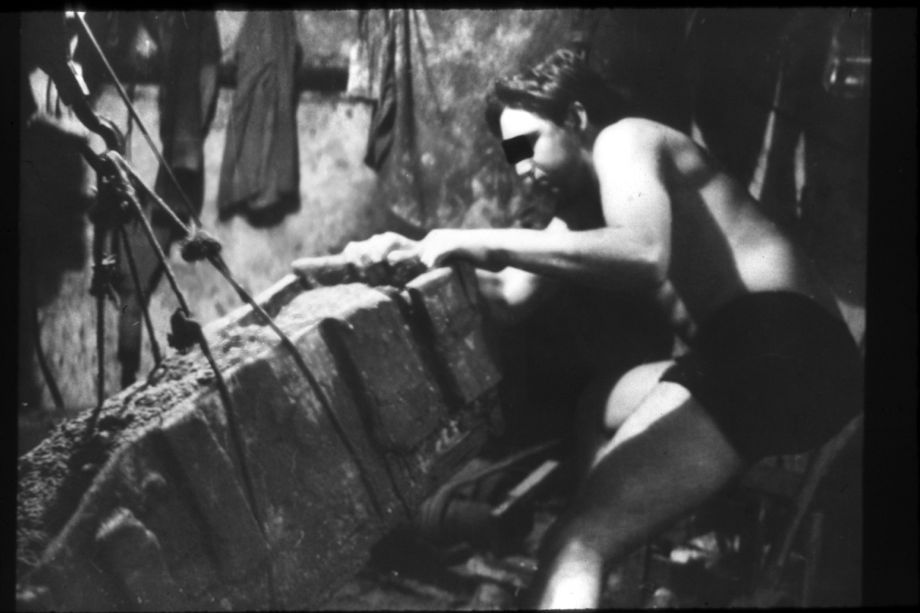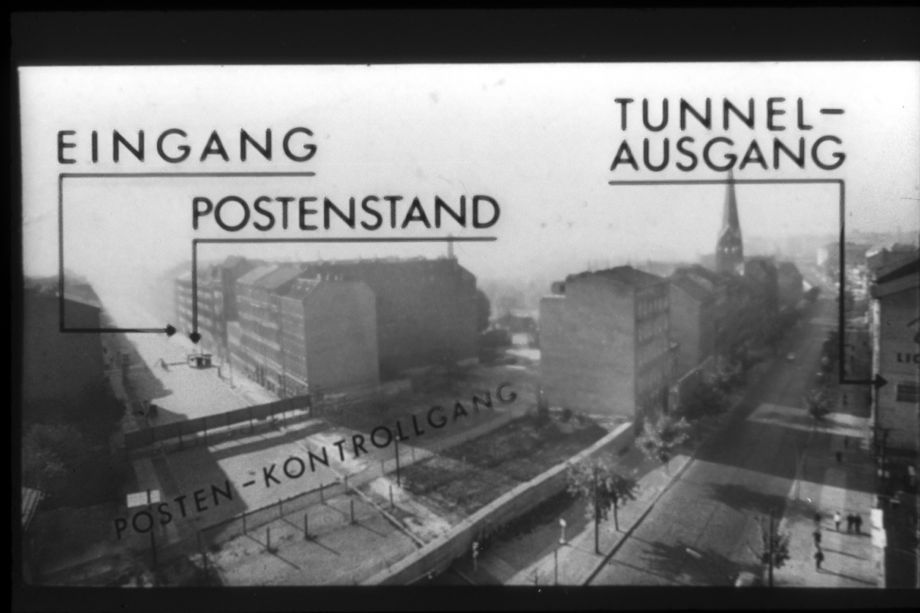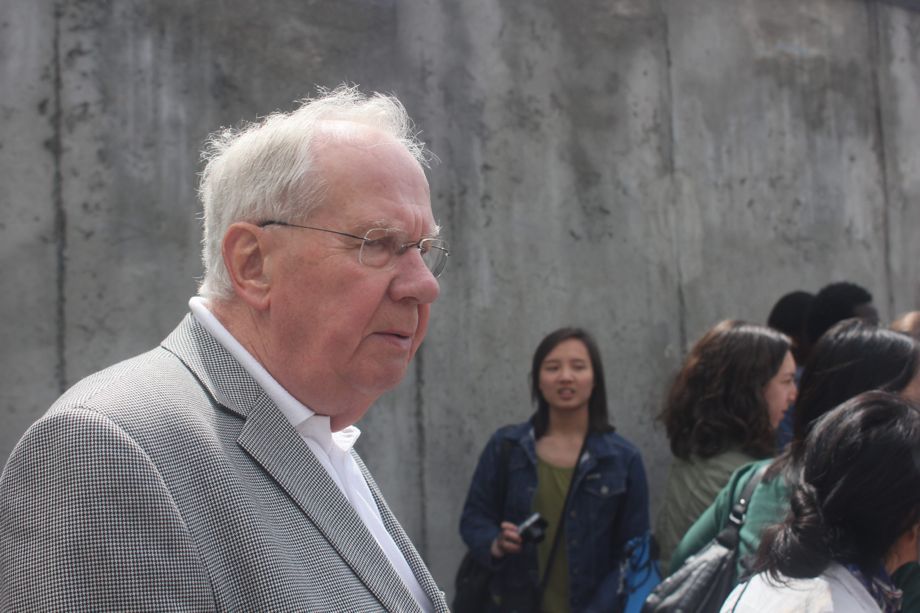The Man Who Helped Dig a Secret Tunnel Under the Berlin Wall

Courtesy of Ralph Kabisch
Roman Mars’ terrific design podcast 99% Invisible covers design questions large and small, from his fascination with rebar to the history of slot machines to the great Los Angeles Red Car conspiracy. Here at The Eye, we cross-post new episodes and host excerpts from the 99% Invisible blog, which offers complementary visuals for each episode.
This week's edition—in which journalist Daniel A. Gross spoke with Ralph Kabisch in Berlin about the secret escape tunnel he helped build under the Berlin Wall—can be played below. Or keep reading to learn more.
At its peak, the Berlin Wall was 100 miles long. Today only about a mile is left standing.
Compared with other famous walls in history, this wall had a pretty short life span.
The Great Wall of China has been around for 2,500 years. So have the walls of ancient Babylon—although their most famous part, the Ishtar Gate, is actually in a museum in Berlin.
In 1945, Berlin was the fallen Nazi capital, carved up into two sectors—with western countries controlling the west of the city, and the Soviet Union controlling the east. West Berlin had a booming postwar economy, but life was tougher in East Berlin.
So in the decade that followed, more than 2 million people fled from east to west. East Germany was losing its most skilled workers as they sought jobs—and to reunite with their families—across the border. And East Germany was losing face with every East Berliner who chose to defect.
And that’s why, in 1961, East Germany closed its border to West Berlin with a wall. Even though the wall dividing Berlin into east and west was only up for 30 years, it had a huge impact on the psyche of the city. But this isn’t a story about the design of the Berlin Wall. This is a story about one design to get through it—or really, underneath it. Ralph Kabisch, then a 20-something university student, was there.
Now to be clear, Ralph and his crew were tunneling from west to east. They were tunneling into what was arguably the most militarized city in the world at the time.

Courtesy of Ralph Kabisch
Construction on the tunnel began at a defunct bakery along the border. (The bakery had closed because too many of its customers were stuck in the East). Near the bakery’s entrance, you could actually see the East German guard towers looming over the wall. And in that bakery, young Berliners were tearing into the ground, trying to dig a tunnel under the wall and into east Berlin.
Lessons learned from digging the tunnel:
- To make sure your tunnel doesn't flood, dig vertically until you get to the water table, and no further. Then dig forward.
- It is possible to move enough dirt to fill four 18-wheeler big rigs with garden spades.
- A password system can help expose Stasi spies.
- To keep the East German police from finding out about the tunnel, minimize people going in and out of the work site. In other words, live there.
- You can make a shower out of a faucet and a bicycle inner tube.
- A screwdriver will melt if it touches the power grid.
Ralph and his friends may not have had expertise in tunnel-digging, but they did have enough gumption—and love for their friends and family stuck in the east—to reach the other side. Thanks to them, 57 people escaped into free West Berlin.
Oddly, this tunnel served as a sort of apprenticeship for Ralph. After he finished university—and the Cold War ended—he became an international engineering consultant on underground train systems all over the world. He helped build train stations in Korea, China, Thailand, Taipei, and Athens.
To learn more, check out the 99% Invisible post or listen to the show.

Courtesy of Daniel A. Gross
